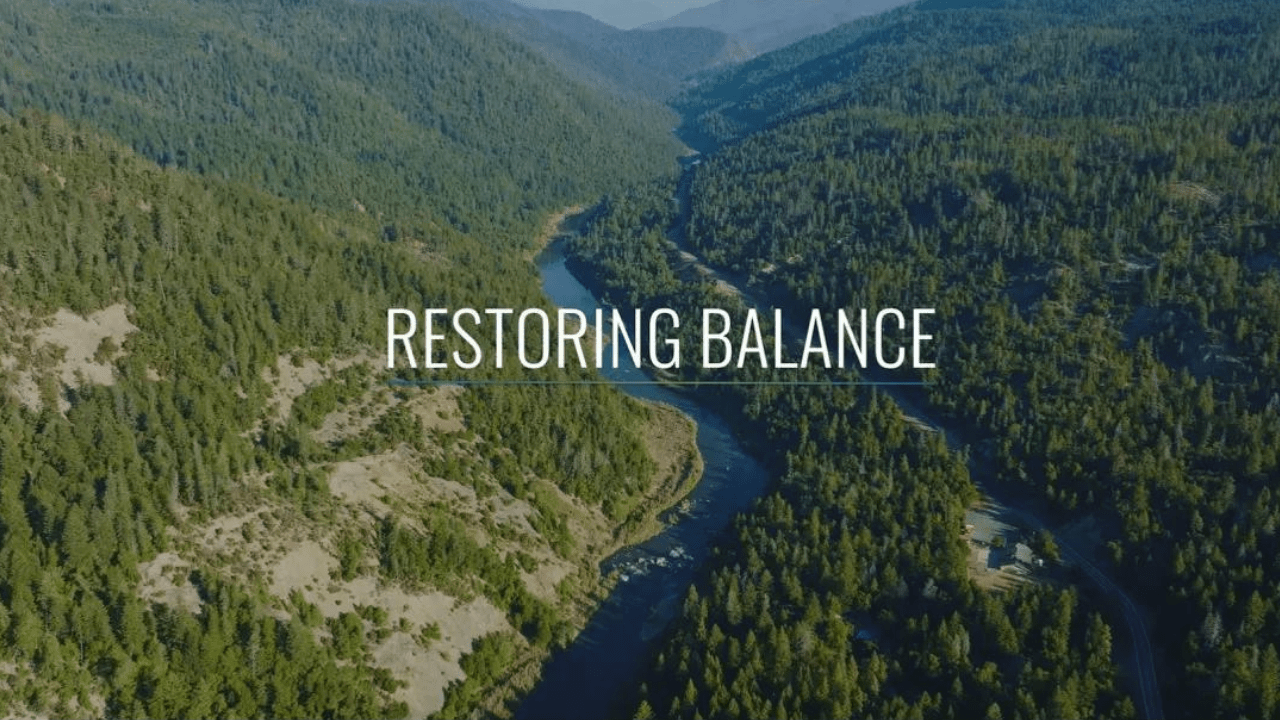RES & Swiftwater Films Release “Restoring Balance”
March 23, 2023

Swiftwater Films and RES, the nation’s largest ecological restoration company, today announced the release of Restoring Balance, a short film charting restoration plans integral to the largest dam removal and river restoration project in US history. Restoring Balance conveys the story of a partnership between RES and tribal communities who are working together to heal the severely degraded Klamath River.
“RES was honored to be selected by the Klamath River Renewal Corporation (KRRC) to lead the restoration effort following dam removal, and we are doubly honored to work side-by-side with the Indigenous Peoples who have relied on a healthy Klamath River since time immemorial,” said Elliott Bouillion, Founder and Vice Chairman of RES. “This is an important work, and an inspiring story. We are pleased that Swiftwater Films has not only conveyed the scope of this epic project but has created a platform for tribal members to tell the story of what they have lost – and the restoration of what they are now poised to regain.”
The Klamath River and its tributaries in Southern Oregon and Northern California were once home to the third-largest salmon population in the West. Fish runs have dropped precipitously over the past several decades, and some hover on the edge of extinction. While the KRRC project is focused on dam removal followed by an extensive restoration effort, the overarching goal is to give threatened and endangered salmon a fighting chance.
KRRC encouraged its subcontractors to work with area Tribes. RES recognizes the value to the project of tribal partners’ ecological expertise and capabilities and is teaming with them to extensively revegetate and restore thousands of those acres following dam removal, which will re-establish access to more than 400 stream miles of historical anadromous fish habitats.
Project Scope and Metrics of RES Activities:
- Revegetation of 2,200 acres of formerly submerged ground set to be exposed following reservoir drawdown
- Design, construction, and long-term management of 18,000 feet (3.4 miles) of high-priority tributaries
- Vegetative stabilization of any sediment that is not transported downriver, using native plant species
- Long-term stewardship including monitoring and adaptive management of all of the above in addition to volitional fish passage throughout the reservoir footprints
